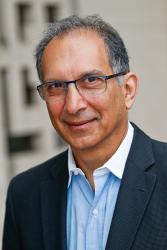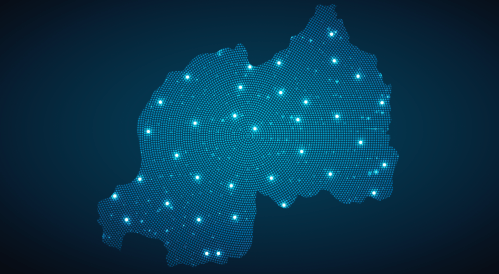When the International Monetary Fund and World Bank governors met last weekend in Washington, D.C., the news was positive: The global economy was performing better than expected for the first time in almost a decade, and the IMF World Economic Outlook was revised modestly upward.
Figure 1: GDP growth, actual and forecasts in 2007-2017 (percent change in constant prices)
 A shorthand version of the state of the global economy by IMF Chief Economist Maurice Obstfeld points, however, to some risks and to the incomplete nature of the global recovery.
A shorthand version of the state of the global economy by IMF Chief Economist Maurice Obstfeld points, however, to some risks and to the incomplete nature of the global recovery.
The IMF now forecasts that 43 developing countries will diverge from rich countries’ income growth trajectory in the next five years.
There was also considerable discussion about the future of international financial institutions. The World Bank has been preparing its case for a capital increase, and the statement to the Development Committee by Treasury Secretary Mnuchin deserves careful reading.
The statement calls for more safeguards, tougher graduation policy (i.e., “no more lending to China”), lending levels calibrated to financial sustainability, and further budget cuts. It also addresses the International Finance Corporation’s (IFC) request for additional capital by noting that smaller transfers to International Development Association should do the trick.
In sum, short-term prospects for a capital increase for either the International Bank for Reconstruction and Development or IFC do not appear promising, although it is always hard to read such tea leaves.
The situation facing regional development banks is quite different. They are now larger, in their own region, than the World Bank (with the exception of the African Development Bank), raising questions as to the appropriate division of labor and nature of collaboration between them.
The heads of these organizations discussed the challenges and opportunities they face at a public forum at the Brookings Institution (the video recording is available here).
Also during the week, the G-20 finance ministers had asked an Eminent Persons Group, under the chairmanship of Singapore Deputy Prime Minister Tharman Shanmugaratnam, to review the global financial architecture and governance. This group presented some early thoughts on financial challenges and opportunities facing the world.
Mike Callaghan, from the Lowy Institute, summarized well the group’s discussion in a piece about the future role of international financial institutions.
Meanwhile, a new paper suggests that the five major emerging economies, Brazil, Russia, India, China, and South Africa, also known as BRICS, doubled lending commitments to low-income countries to a level of $84 billion in 2016. This signals that the global financial architecture is changing—whether by design or default.
One thing is clear: The world economy today is a different animal from that of 20 years ago, let alone 70 years ago when the Bretton Woods Institutions came into being. Making sure they are fit for purpose is a challenge worthy of all our attention.



Commentary
Future Development Reads: The IMF and World Bank annual meetings
October 27, 2017